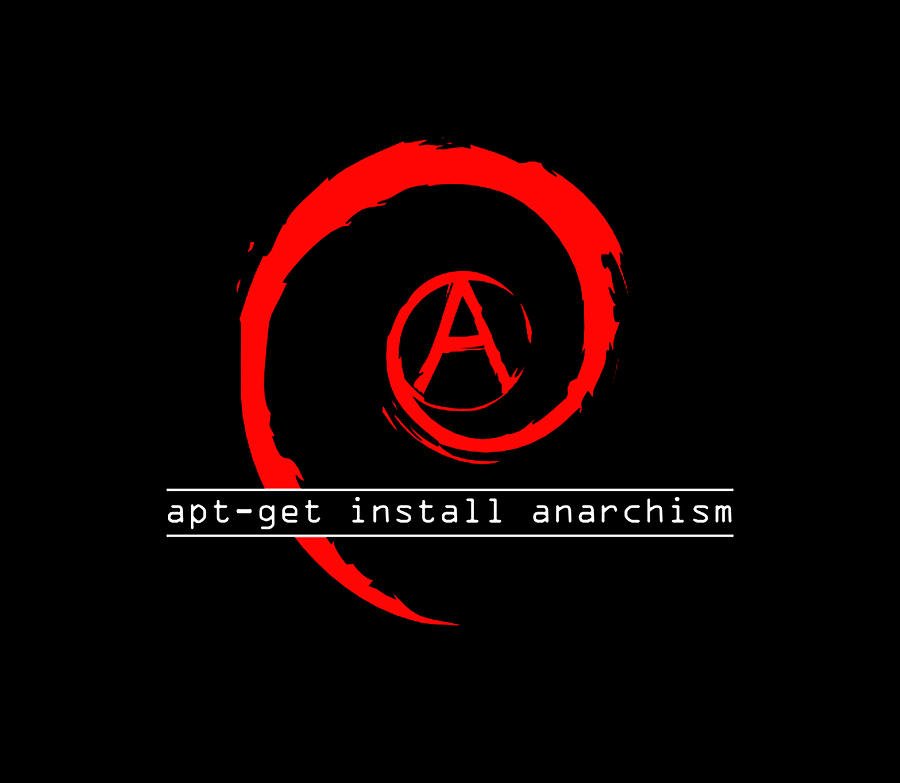

Doesn’t change my answer, except that Putin/[insert dictator of choice here] shouldn’t be planning our destruction either, because no one should.
Also see this comment. Tl;dr: I literally don’t care about governments’ rights to defend themselves from each other when, in any case, it will be the rest of life on Earth that pays the price.





Emphasis mine. Incompetence on Microsoft’s part is not an adequate explanation for this latest action matching a pattern of other actions designed to antagonize FOSS users.